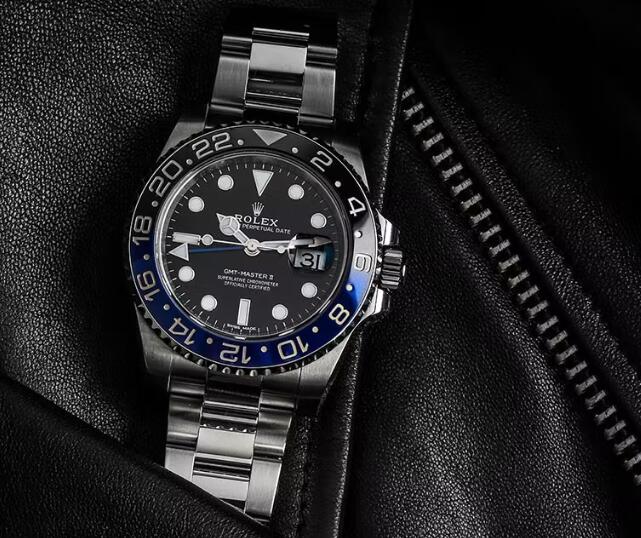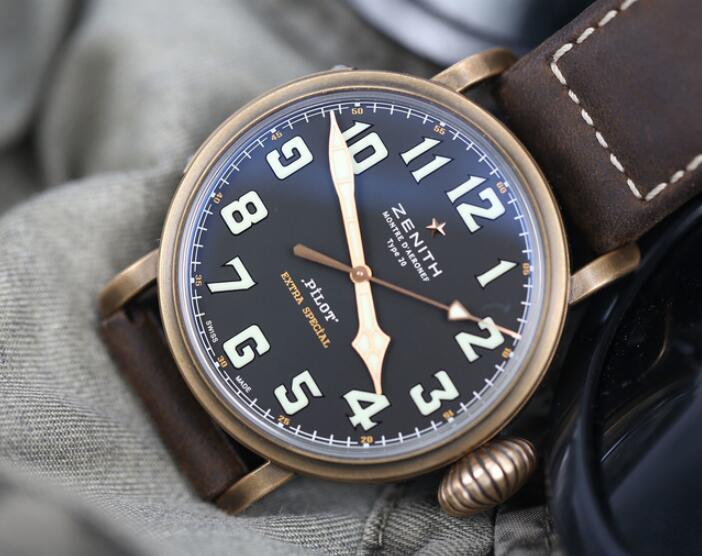NEW Breitling RB01392A1C1P1 Navitimer B01 Chronograph 41

Breitling copy Watches: The Revival and the Influence of George Kern
Breitling needs no introduction. Just by hearing the name, I’m sure you’ve probably already gotten an impression of their watches, such is their reputation and how solid their design image is.
Breitling is a manufacturer with a particularly loyal fan base, having produced some of the most well-known watches such as the Navitimer and Emergency. Still, they have the ability to capture a wider range of needs given their unique design language and pricing.
However, being one of the most recognizable watchmakers doesn’t mean Breitling isn’t facing challenges, most recently before 2017. The brand has been struggling with internal and external headwinds. Internally, there is no route, and externally, they face more intense competition, market trends and consumer demands.
Fortunately, under the management of Georges Kern and the capital injection of CVC Capital in 2017, this came full circle. Perfect Fake Watches
In 2022, according to Morgan Stanley, Breitling has entered the top 10 Swiss watchmakers by total sales revenue. Here’s how my solution works. Good to know I’m not one to be drawn to their more modern versions!
historical past
Before we consider the current Breitling, we have to look to its past to appreciate just how rich its history is. This always helps to set the context because watches are emotional commodities and much of what drives a watch or model’s will comes from what they symbolize. Breitling began in 1884 when Leon Breitling opened his first atelier in Switzerland. His and the models’ main focus is the chronograph, which is where they’ve found success. They have been used extensively and managed to create improvements that are still relevant today.
In 1893, Breitling created a movement with an 8-day power reserve, and a pulsometer that doctors used to know their heart rate.
Thereafter, in 1915, Breitling moved the chronograph start/stop pusher from the crown to the 2 o’clock position, and in 1934 the reset pusher to the 4 o’clock position. This helps stop any unintentional pushing, increasing accuracy and ease of use. Breitling designed the blueprint for almost all future two-pusher chronographs.
From here, Breitling in the 1930s and 1940s worked to build the brand identity we know today. Founded in 1932, Willy Breitling probably realized the importance of aviation and focused on producing cockpit equipment. After this, innovation continued and in 1940 they developed and introduced the logarithmic coordinate rule Best replica watch site, which allowed mathematical operations to be calculated.
During this time, we started seeing ranges we already knew, some of which are still in the current range, such as the 1943 Premier.
With the formation of the Model ID, the development of the model outside the Navy was noticed in the fifties. Most notably, 1952 saw the introduction of the Navitimer – a hybrid of a navigator and a chronograph – which was purchased for civilian pilots as a device that allowed them to perform all the calculations necessary for flight. Initially, it was purchased only for members of the Aircraft Owners and Pilots Association (AOPA), but it was so profitable that it was introduced to the public.
Breitling added other features, such as a Co-Pilot chronograph, but 1957 took another big step with the introduction of the SuperOcean.
Perhaps events, competitors, and the need for different dive watches at the time contributed to the brand’s determination to turn its attention to the ocean. Like the vast majority of Swiss manufacturers, Breitling has struggled through the quartz disaster. Possession changed and under the leadership of Ernest Schneider, Breitling began to adopt quartz watches because it provided pilots with the necessary precision. This spawned the “Professional Equipment” tagline.
Meanwhile, Breitling continued to supply mechanical watches and launched the Chronomat on the occasion of Breitling’s centenary. A big mechanical watch, diametrically opposed to market trends, yet highly regarded.
Still, while Breitling has found success in new territories, there is no doubt that their popularity comes from aviation-focused chronographs. Swiss replica watches review
The Breitling Challenge
Breitling has a long history and has had some great successes on this watch planet. It overcame the quartz crisis under the new leadership of Ernest Schneider, the Swiss soldier and former head of Sicira (a small watch company), and played a pivotal role in the renaissance of mechanical timepieces.
Still, Breitling faces some difficulties, rather than a clear-cut problem. Before 2017, various internal and external factors went hand in hand to negatively impact Breitling. This has resulted in a mild demise when it comes to each collector’s curiosities and total sales.
Those who revisit the Breitling website on these occasions or have been following the model will know that Breitling’s product line is very complicated. Not complicated in terms of action, but from a consumer perspective. There are so many fashions to choose from. Chrono24 lists 604 specials on the market from 2007-2016! There are at least 11 different sets of these.
Giving choice to consumers is usually optimistic, but that’s gone, with a plethora of watch face options (colors and configurations), issues and sizes to choose from. In one of the best occasions, it’s hard to keep the story and emotion behind a watch, especially for lesser-known fashion. Doing this for more than 600 references is almost unthinkable.
And there are different points, especially the model route. On the one hand, you’ll have party staples like Navitimer, SuperOcean, and Emergency, but on the other, you’ll have For Bentley and Transocean fashions.
Then in these series, the design is different. This isn’t a knock on any model, more of a focus on design consistency and language that has been mixed up and out of focus (I don’t know what’s going on under the hood, but that’s my superficial impression).
Take Transocean vary as an example. Under this 2007-2016 nomenclature, you’ll find vintage-inspired chronographs, world time chronographs, day-date chronographs, and moon phase chronographs. It might not sound like much, but it boils down to inconsistent design.
Breitling’s complex messaging confuses potential buyers, and if you find yourself selling an emotional product, it’s not the best option.
Outside of Breitling, broader horological trends have been changing.
What matters is size. As we mentioned in our Watch Developments article, demand shifted from larger diameter timepieces to more wearable ones. If Breitling pays close attention to pilot watches, the models tend to be (very) bulky in general size. Panerai faces a similar dilemma, although they specialize in large dive watches.
Looking at the trends, it appears that the most produced watch sizes are between 41-43mm. If we compare this to what Breitling has to offer, we see that between 2007 and 2016, the best part of the watches they sold were 44mm.
Breitling’s later highest measurement grades were 43mm and 46mm. Curiously, 9% of all Breitling watches are currently 48mm, which is almost double the average share of final models with watches over 47mm in diameter.
Breitling is clearly catering to an audience that loves these big-ticket items the most. But it’s not just size preferences that have changed, but also aesthetics. Want most best Breitling watches before 2017, they are very busy. Many may simply be chronographs with three sub-dials, but the look is refined due to the size of the sub-dials, the scale of the indexes, and the use of minute markers and Arabic numerals.
On top of that, Breitling watches have been (and still are to a certain extent) very polished and thus can be considered more ostentatious – think its Bentley line. There may always be demand for this type of watch, and there is some matching under their “professional equipment” tagline and aviation theme; however, tastes change all the time. You notice a stylistic shift in classic watches.
Curiosity for classic watches is up, but so is demand for brand new watches inspired by vintage. One of the best examples of this is the launch of the Tudor Black Bay and its subsequent success.
Individually, the use of fauxtina on watches became more common, with the first words of the word appearing around 2012. These watches ushered in a new wave of simplicity. Impressed by what came before, a lot of the extreme styling was thrown out when the watch was actually used as a tool.
Before you said it, I got it: the Navitimer has always looked complicated, but this is reflected in other Breitling collections.
It’s easy to see why Breitling has faced headwinds now. The model has such a long history and presence that it wants to be hooped, and luckily, that’s what happened in 2017.

